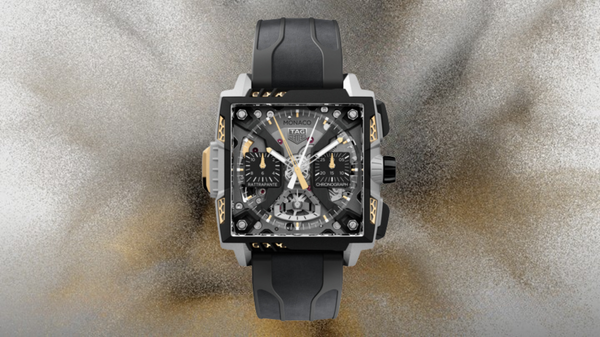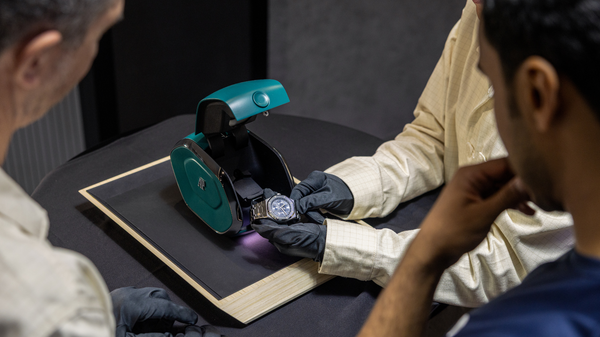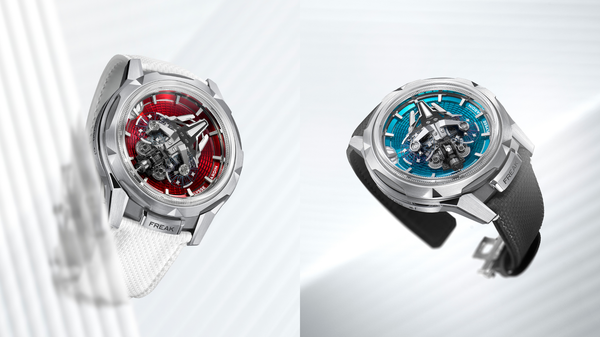The Spin that Made History and Still Turns Heads
Born for divers and perfected for collectors, the 60-minute rotating bezel remains a timeless union of function, safety and elegance.
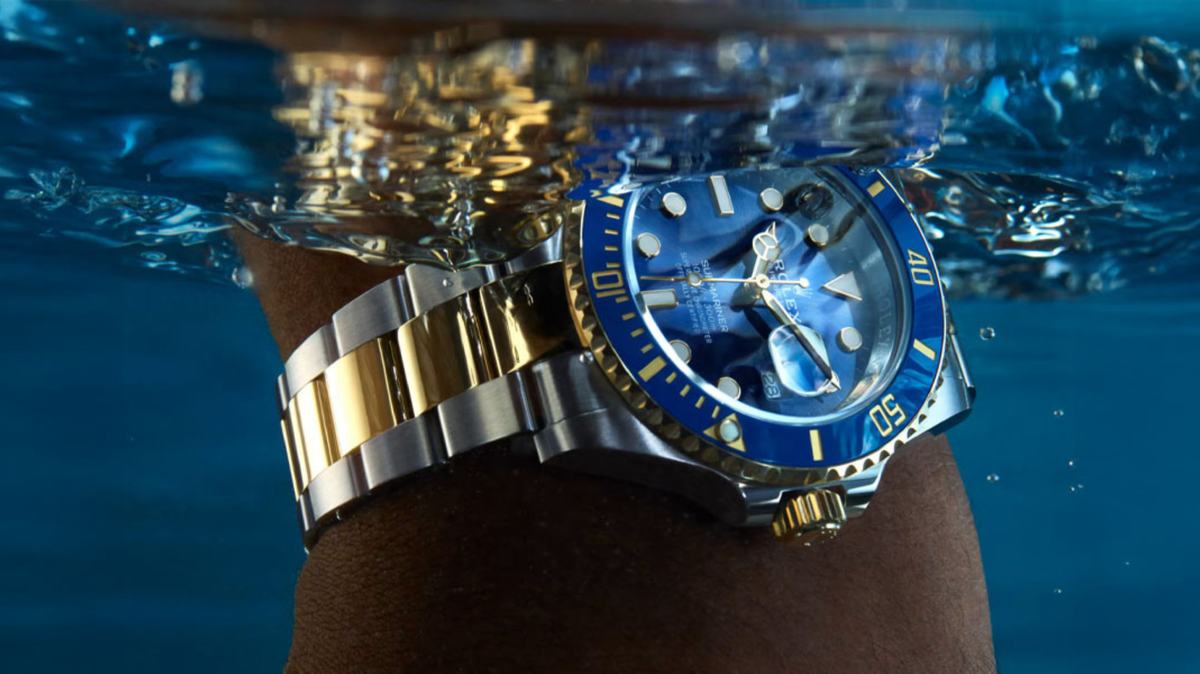
Among the many details that define a fine watch, few are as immediately recognisable or as quietly purposeful as the rotating bezel.
To the casual eye, it may appear decorative, an external ring punctuated with numerals, but to those who understand the traditions of horology, it represents one of the most ingenious and enduring tools in watchmaking.
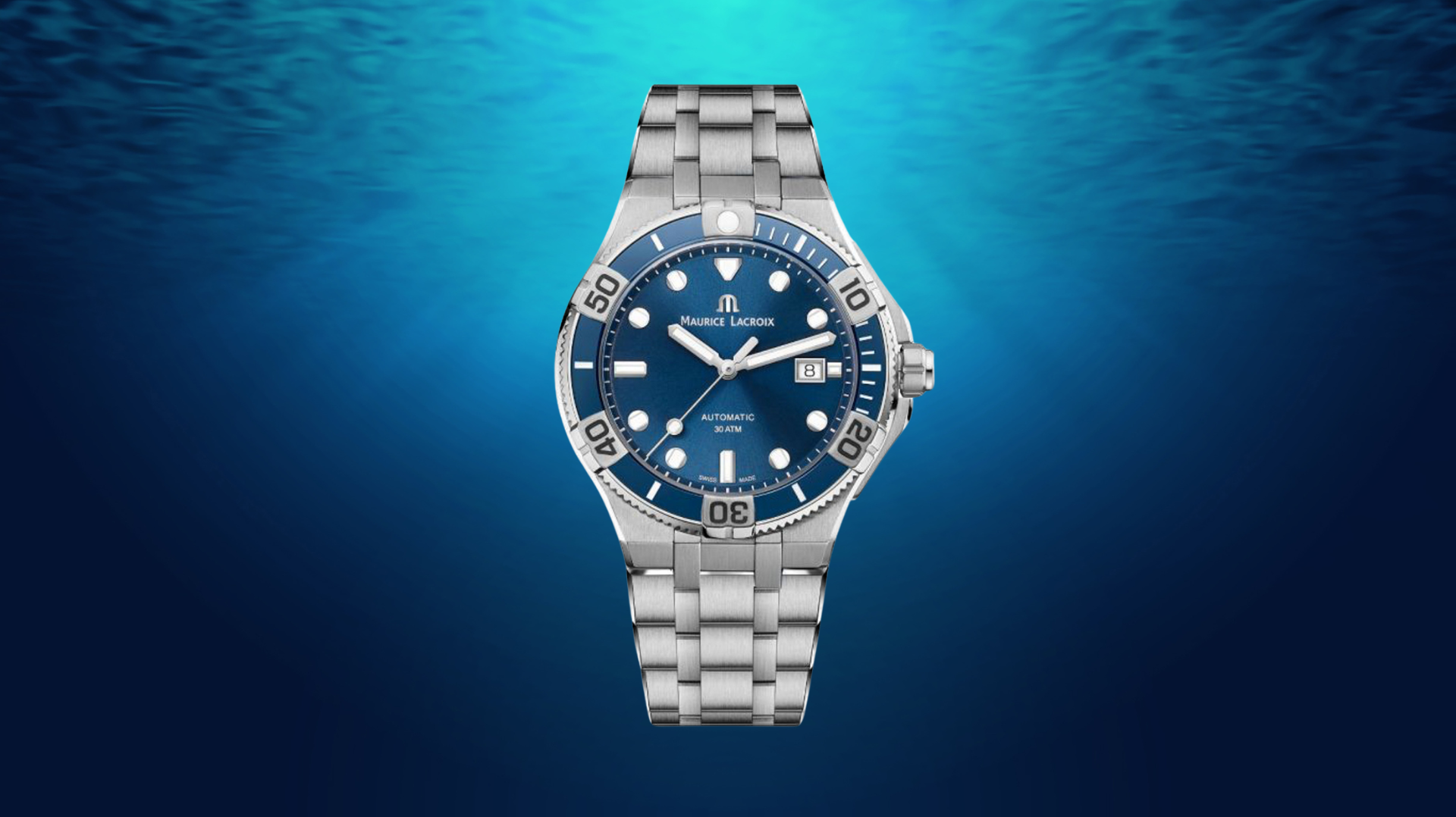
The rotating bezel emerged during the golden age of underwater exploration in the mid-twentieth century. Long before diving computers and digital timers, explorers relied on mechanical precision to keep them safe beneath the surface.
Oxygen reserves were finite, decompression stops were essential, and a reliable way to measure time spent underwater could make the difference between safety and danger.
Rolex Submariner. Credit: Rolex
Watchmakers responded with a deceptively simple innovation. By placing a numbered scale around the dial and allowing it to rotate, they created an external timing instrument that could be set instantly at the start of a dive.
This form of bezel, calibrated for sixty minutes, quickly became the standard for professional divers and remains so today.
Two watches defined this revolution. In 1953, Blancpain introduced the Fifty Fathoms, a purpose-built diving watch created with the assistance of French naval officers.
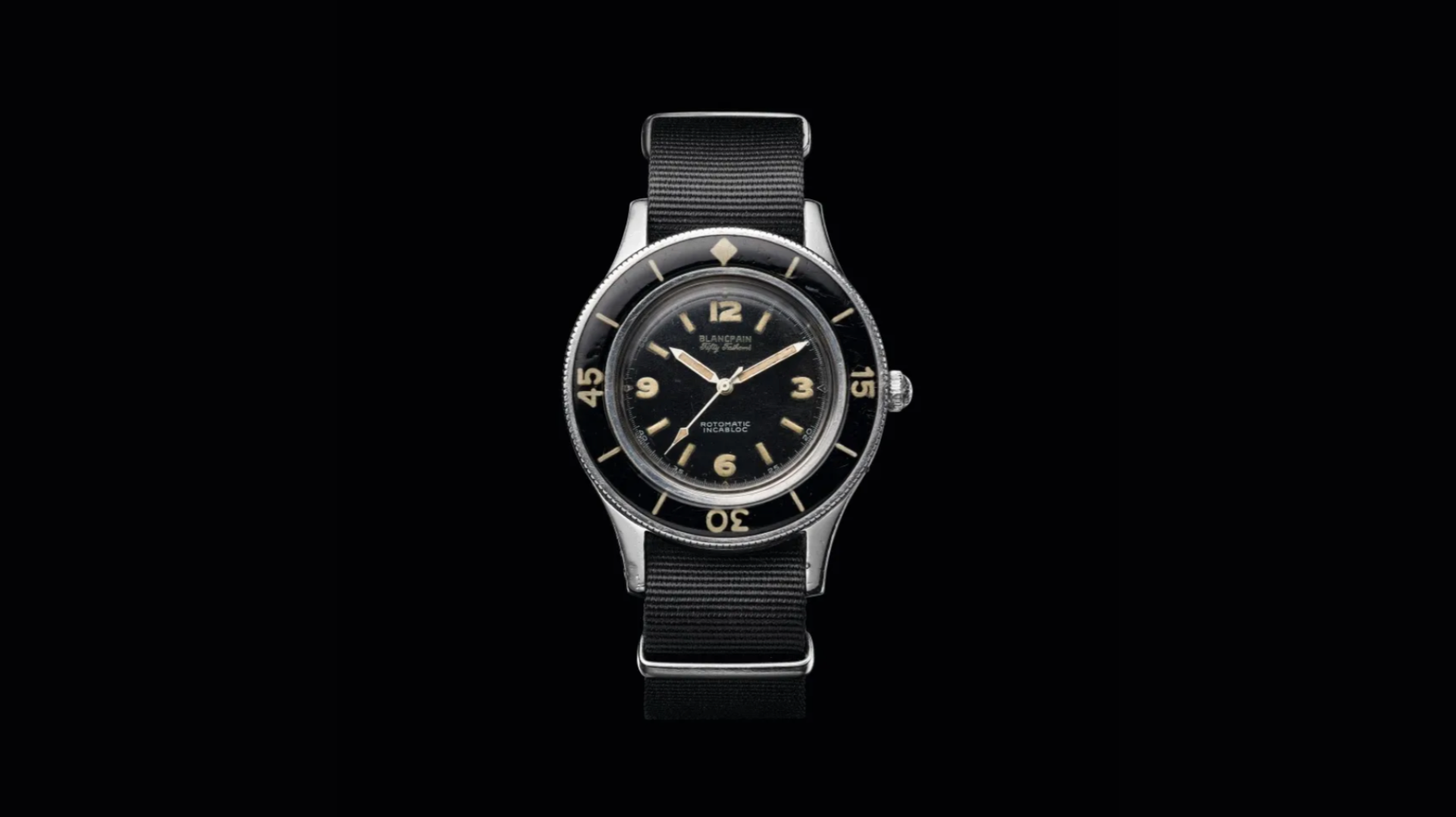
That same year, Rolex unveiled the Submariner, which went on to become one of the most recognisable and enduring sports watches in history.
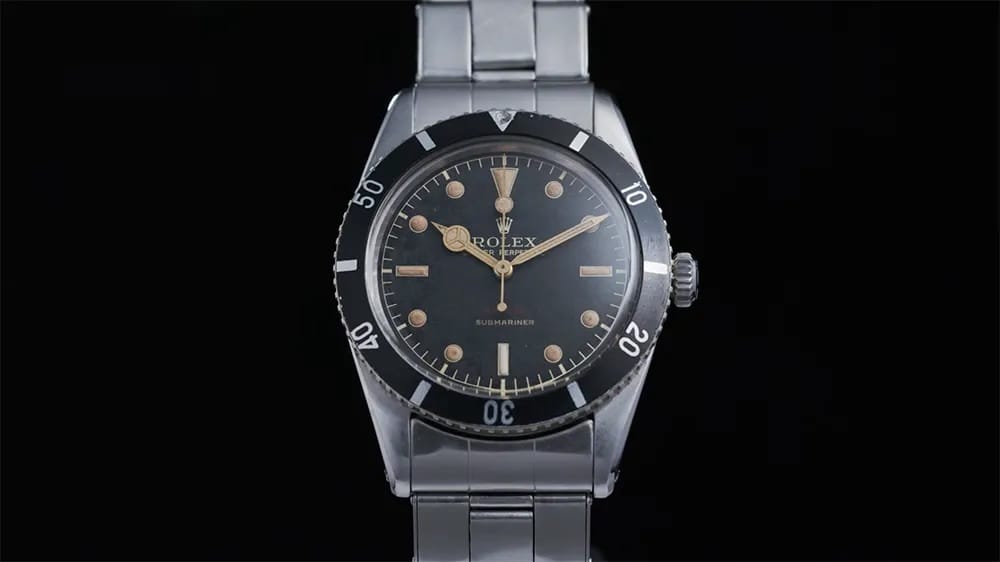
Both relied on the 60-minute rotating bezel as a core safety instrument, and their influence shaped generations of dive watches that followed.
How the 60 Minute Rotating Bezel Works
The bezel carries markings for every minute in an hour, often emphasised at five-minute intervals for legibility.
Before beginning a dive or any timed activity, the wearer turns the bezel so that the zero marker aligns with the minute hand. As the hand advances, it points directly to the elapsed time on the bezel’s scale.
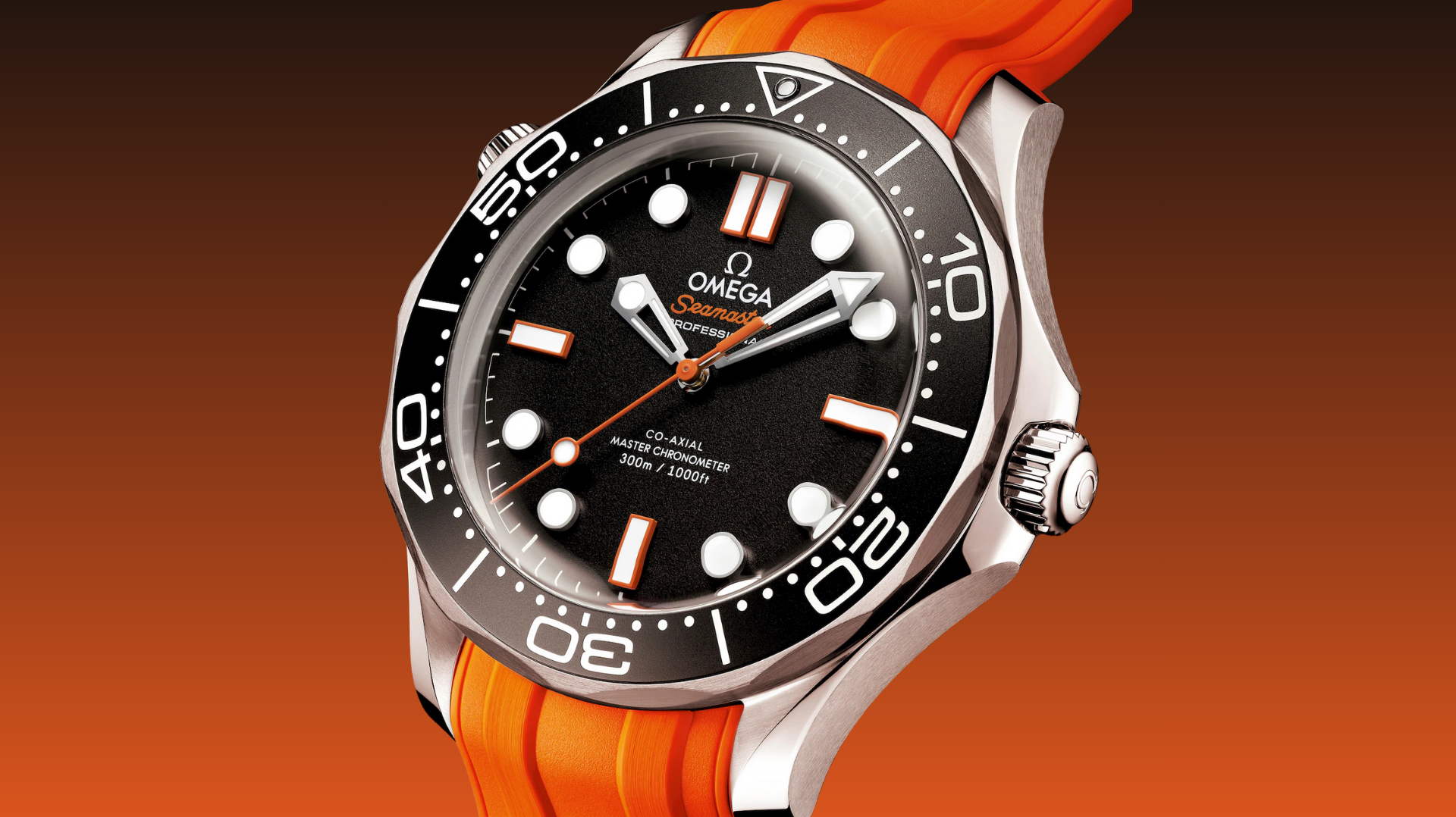
This system offers remarkable clarity. There is no need for mental arithmetic, no reliance on memory, simply a clear and immediate visual indication of how much time has passed.
Whether the activity is an hour-long dive, a twenty-minute meeting or the steeping of fine tea, the principle remains the same: effortless precision at a glance.
Safety in Simplicity
For professional diving watches, the 60 minute bezel is designed to rotate only in one direction, counter clockwise. This ensures that if the bezel is knocked out of place, it can only shorten the recorded time.

In the context of diving, this feature is critical. It prevents a diver from mistakenly believing they have more time remaining than they truly do. It is a subtle reminder that in watchmaking, elegance and safety are not mutually exclusive but deeply intertwined.
Beyond the Ocean
Although its conception was rooted in the demands of the deep, the rotating bezel has long since transcended its maritime origins. Collectors and connoisseurs use it as a versatile timing instrument in everyday life.
It can mark the duration of a flight, measure the perfect roast in the oven or keep track of a conversation that is meant to last no more than half an hour. Its value lies in its universality: wherever time needs to be measured with accuracy and discretion, the bezel is ready.
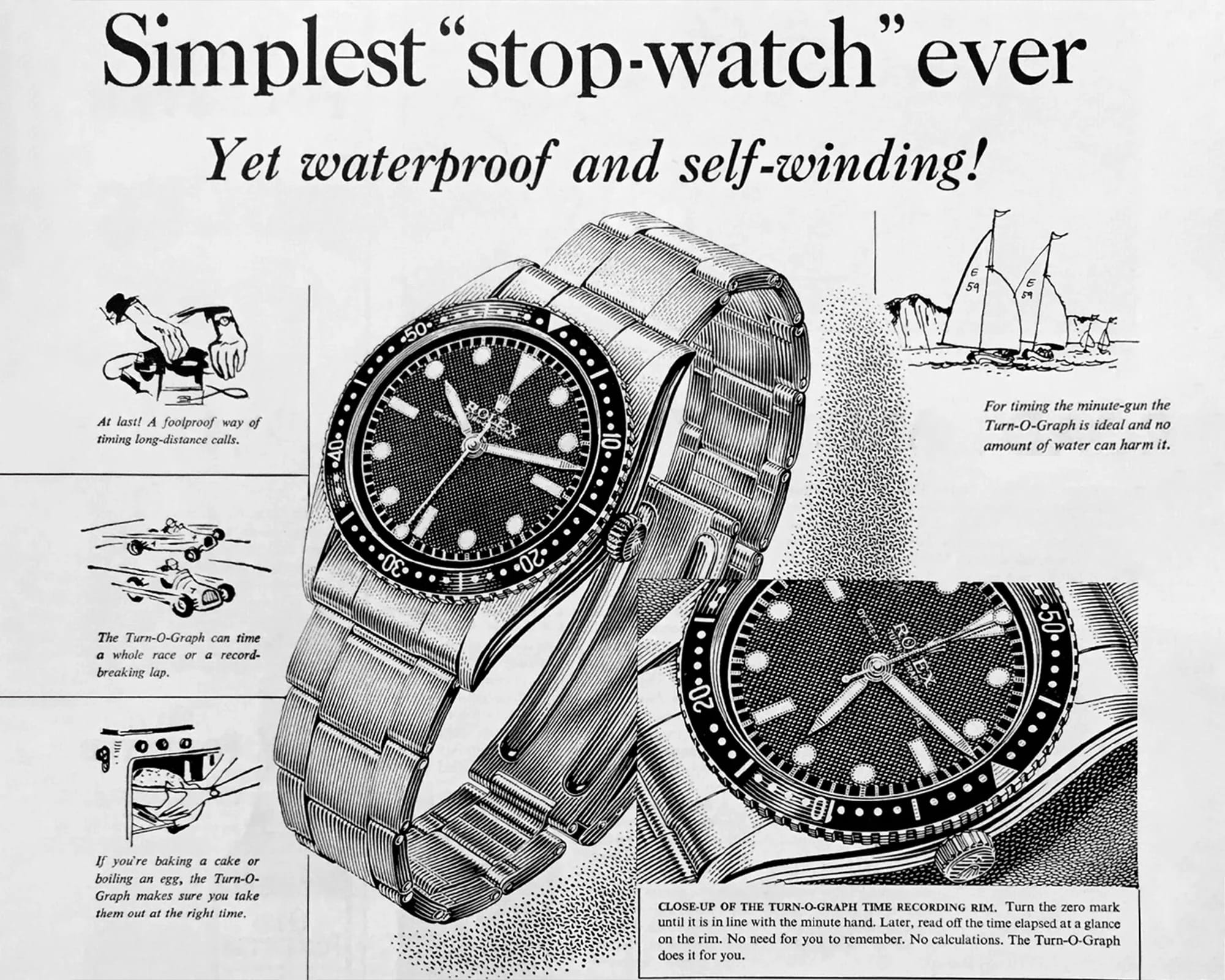
For collectors, the appeal of the 60-minute rotating bezel is not only functional but also cultural. It recalls an age when adventure demanded mechanical ingenuity and when watchmaking was a partner in human endeavour.
The crisp click of the bezel as it locks into place, the precision of its machining and the tactile confidence of its operation all contribute to the pleasure of ownership.
In an era dominated by digital precision, the rotating bezel endures as a symbol of mechanical elegance. It is proof that the simplest ideas are often the most enduring, and that beauty and purpose can be united in a single design.

